Last year, Stirling Council agreed to a full reinstatement of the city’s treasured Christie Clock, at a cost of £873,460.
The 117-year-old memorial was torn down in September 2023, to the horror of locals.
When presented with four options for the landmark’s future, councillors rejected a delay in reinstatement and replicating some or all of the design with new stonework.
These carried bills of £33,800, £827,850 and £808,753, respectively.
Officials made the decision to restore the column and clock head with as much of the existing stonework as possible.
But this has left many locals wondering how the costly repair will be funded.
What has Stirling Council said?
As part of its 2025-26 budget, agreed on February 27, Stirling Council confirmed it will allocate £0.873m for the restoration of the Christie Clock, split across the financial years 2025-26 and 2026-27.
Funding will come from general prudential borrowing, as part of the overall capital programme resources.
It is hoped the Christie Clock will return to the city centre by October 2026.
What does the £873k cost cover?
Stirling Council must appoint specialist conservation consultants and contractors to repair the Christie Clock.
Rebuild option one, which was selected, should cost £678,460, with an additional £95,000 in fees.
A £100,000 contingency is also included.
The cost estimates includes:
- Conservation work for each element
- New carving work
- Supply and cutting of stone
- Repair and replacement of clock and mechanism
- Other components
- Works to rebuild the clock tower
- Site supervision
- Cranes
- Traffic management
- Site management
Why wasn’t the cheapest option chosen?
The cheapest option presented to councillors, estimated at £33,800, was to delay the repair of the Christie Clock.
This would have involved preserving the plinth with a bespoke capping piece to prevent further water ingress and weathering.
It would also have been cleaned and repointed.
While this option was backed by Green councillor Alasdair Tollemache and independent Alasdair MacPherson, other officials voted for a full reinstatement.
There were concerns that Historic Environment Scotland or the Scottish Government would fine Stirling Council and order the reinstatement, meaning a higher overall cost.
Council officers also highlighted that inflation would raise the cost further if the project was delayed.
Where will the money come from?
The capital programme spends public money on new assets and maintaining projects.
For example, in past council budgets, Stirling’s capital programme has included investment in education, roads and bridges, technology improvements and City Region Deal projects.
The prudential framework for capital finance governs local authority borrowing, and ensures councils take a prudent approach to borrowing to meet their local needs.
Prudential borrowing will accrue a 6% additional charge of any capital cost.
For more Stirling news and features visit our page or join us on Facebook
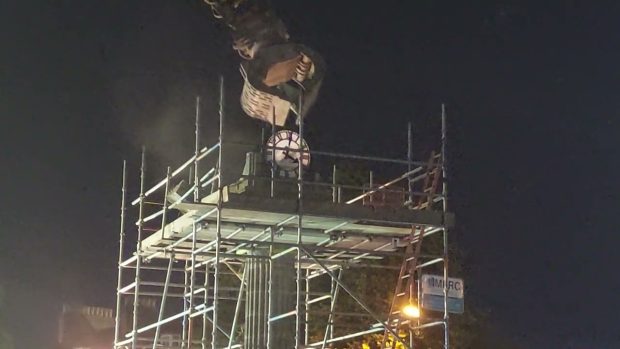
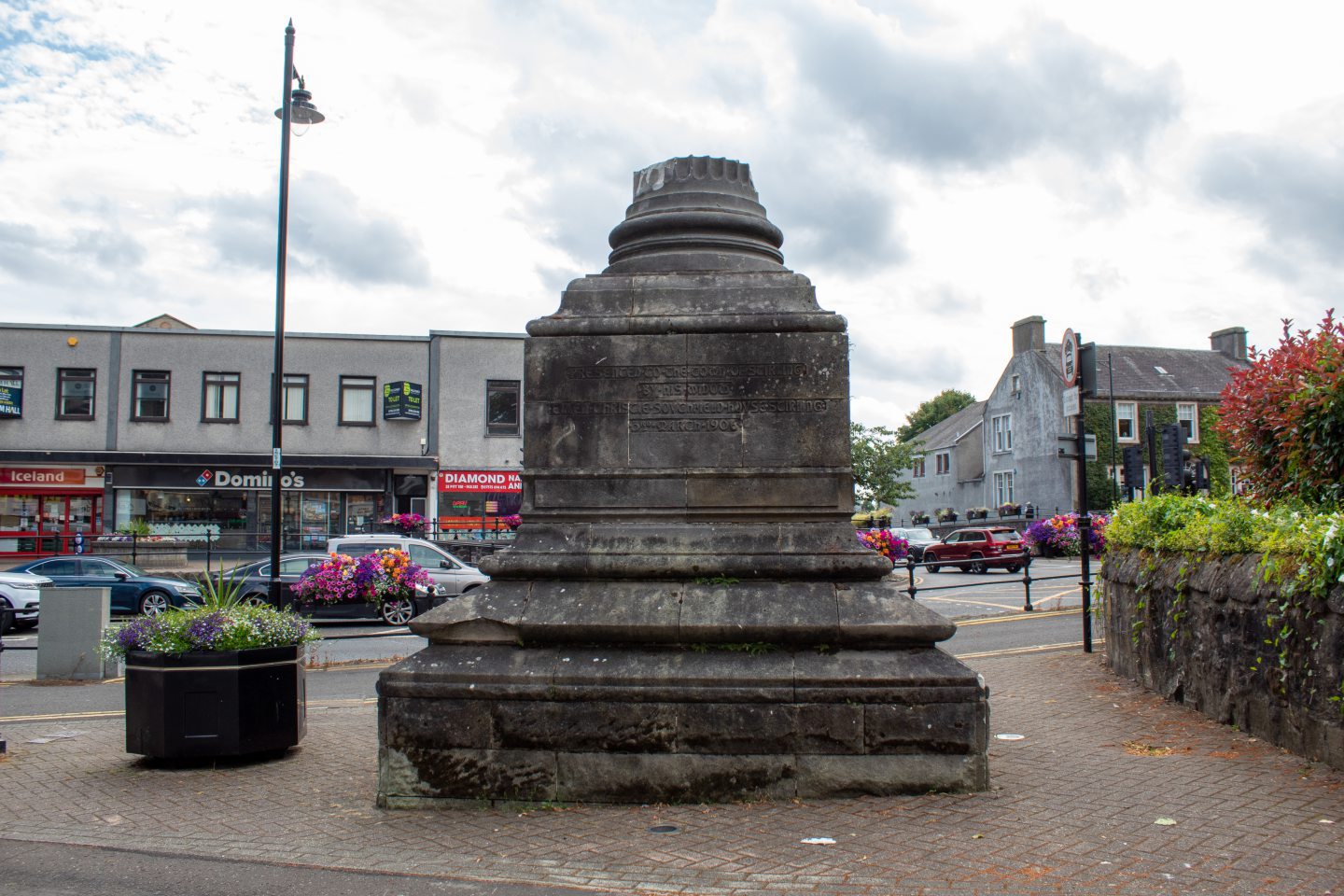
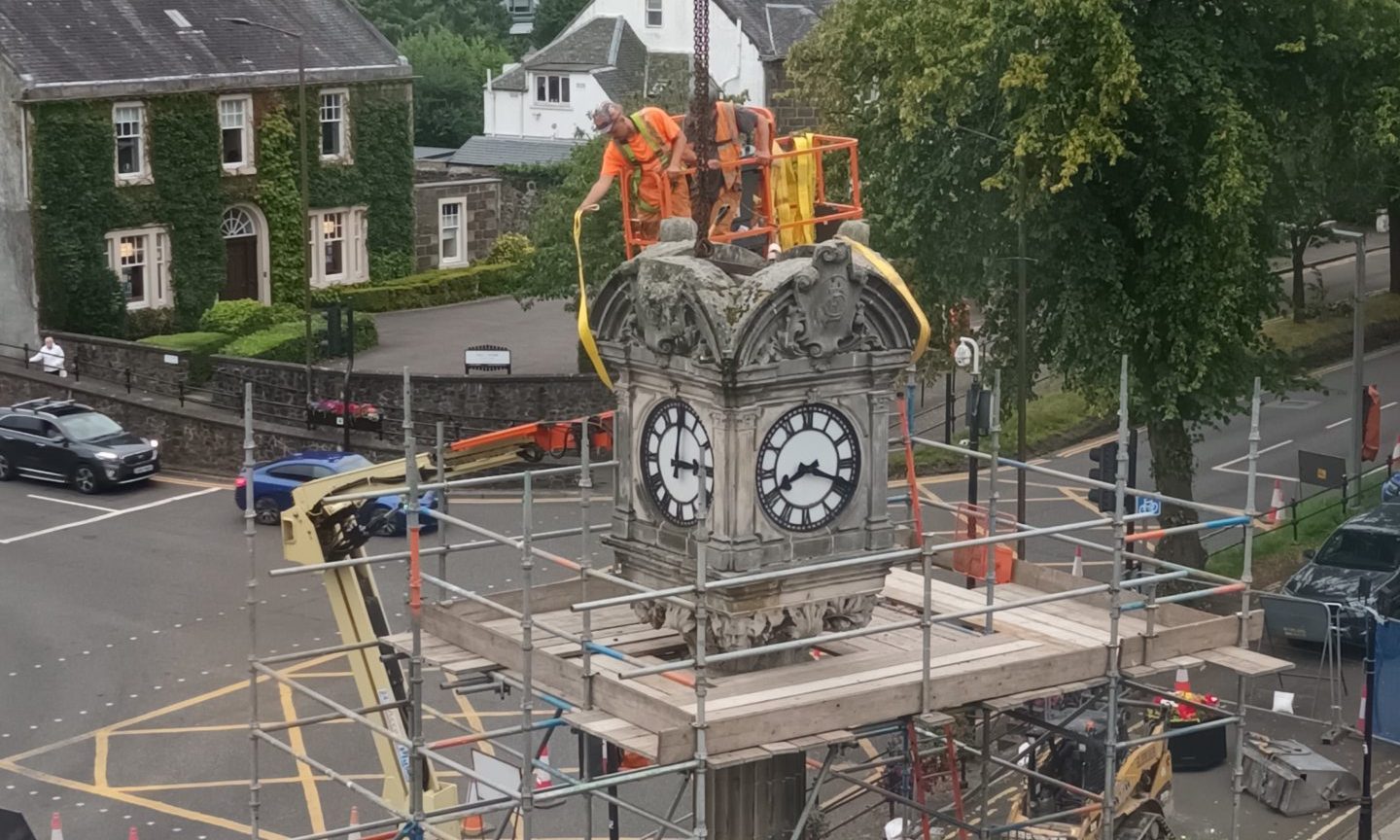
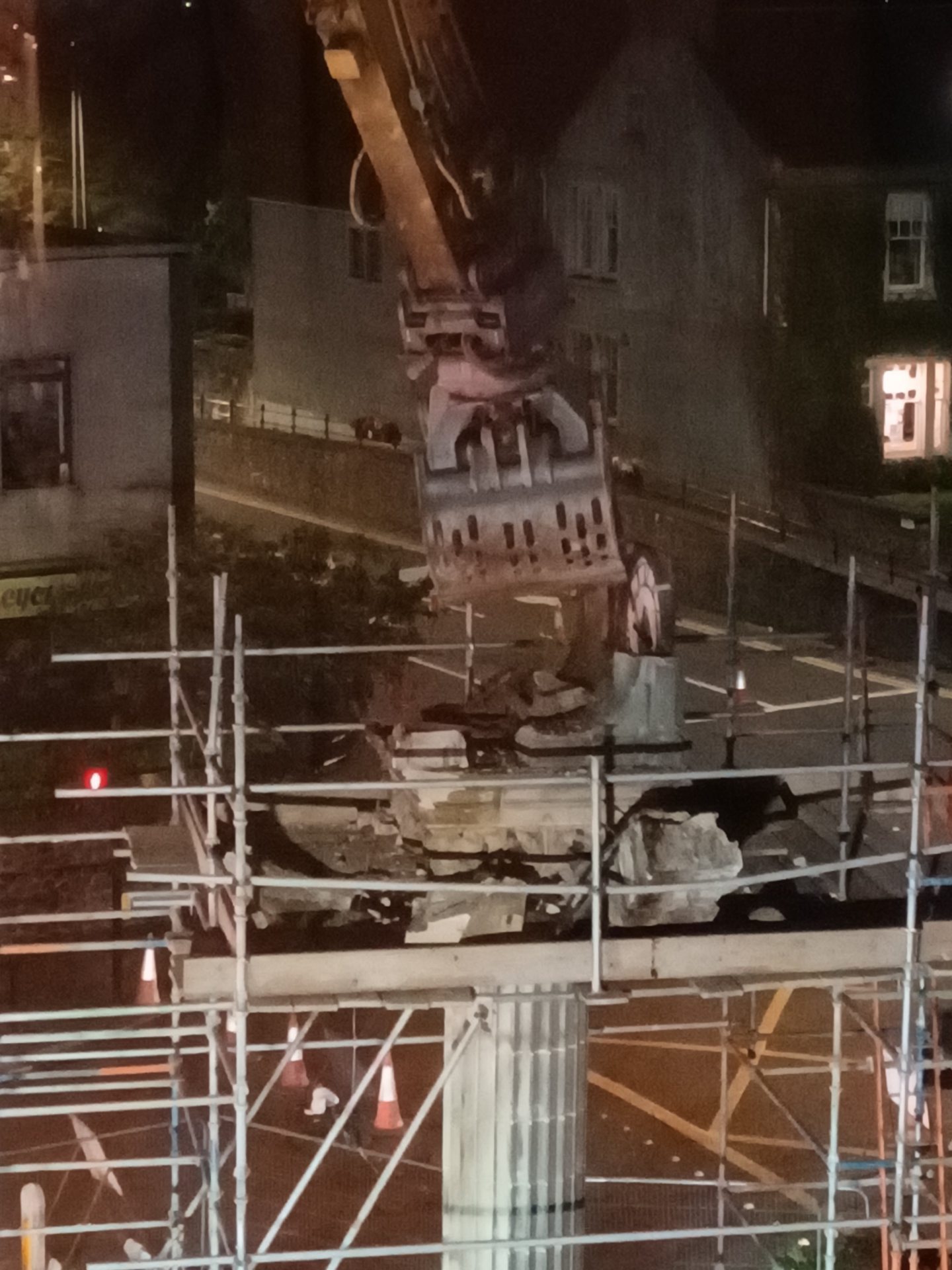

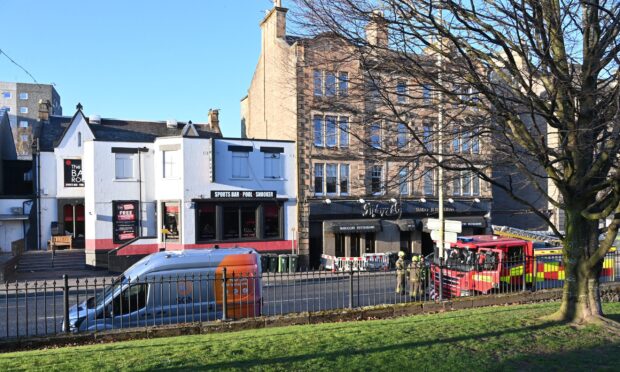
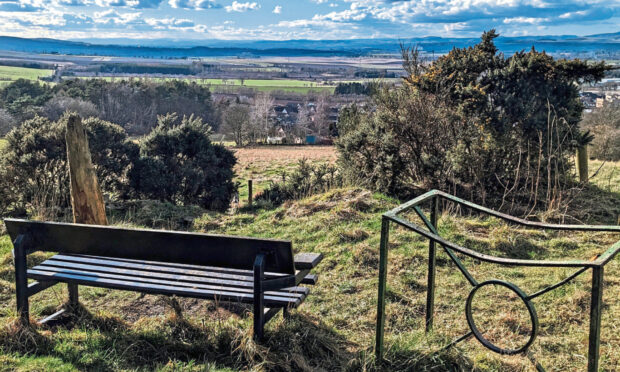

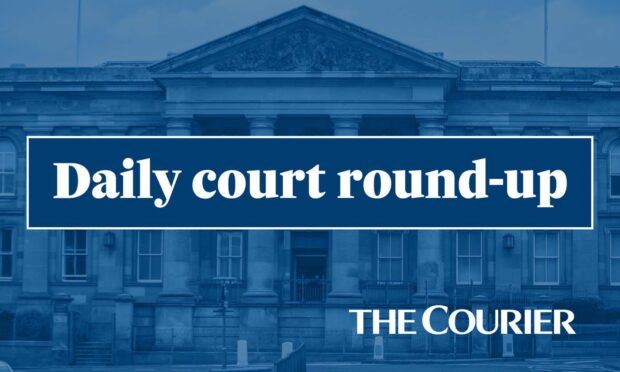



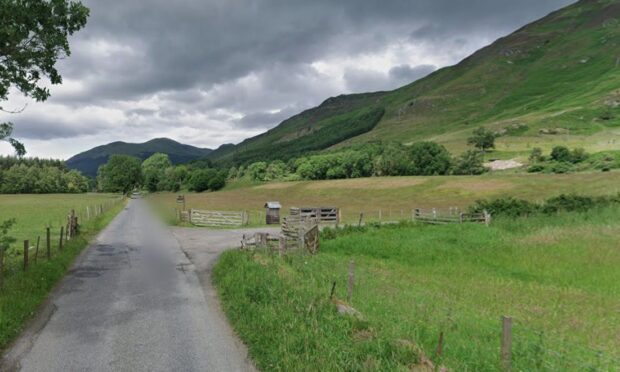
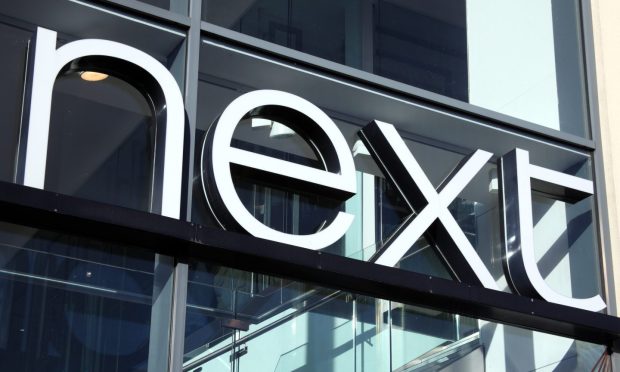
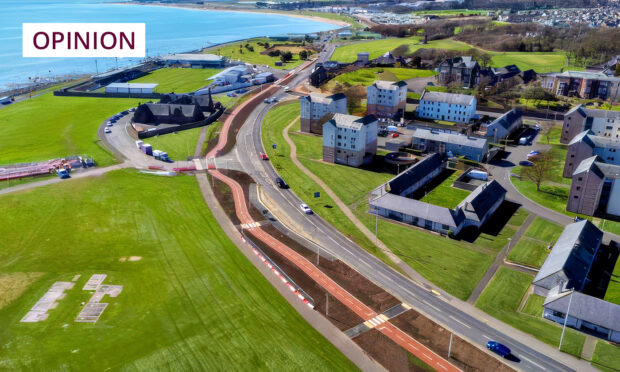
Conversation